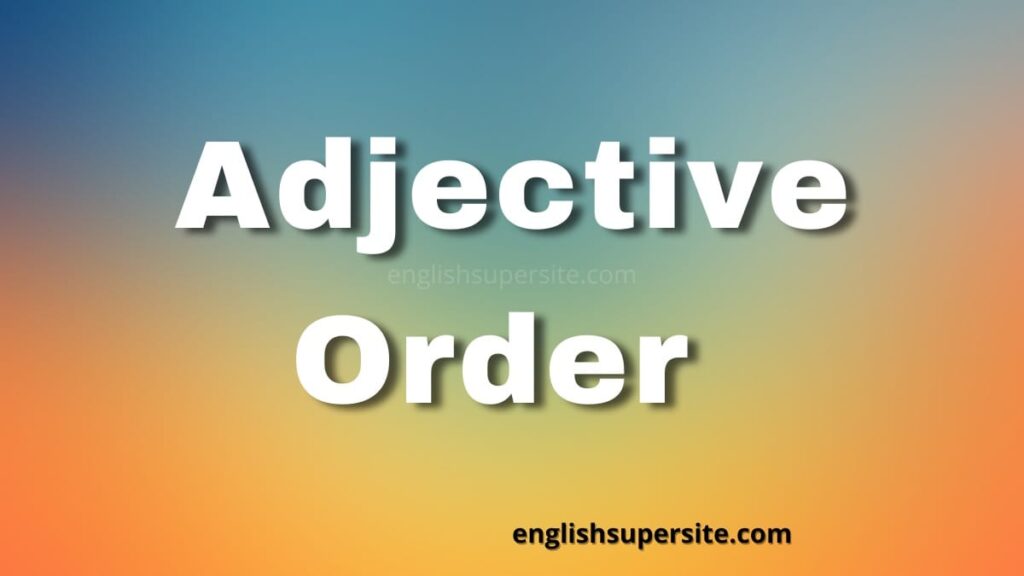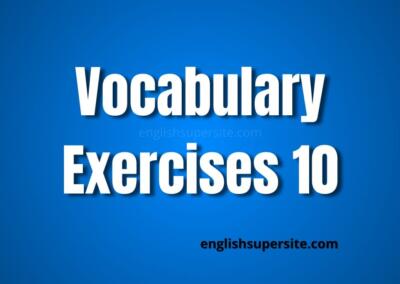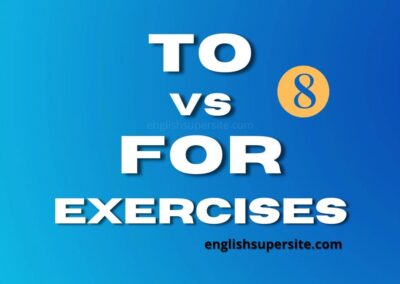
Adjective Order
In English, the adjective order follows a specific sequence that is generally adhered to by native speakers, even if they are not explicitly aware of the rules. This sequence is really important to maintain clarity and coherence in descriptions.
The adjective order in English is not arbitrary, but rather based on cognitive and linguistic considerations. It enables a logical and natural flow of information from the subjective to the objective, improving clarity and understanding. When adjectives are used out of sequence, they may sound awkward, unclear and confusing to native speakers.
For instance, “an old beautiful Italian table” sounds less natural and more confusing than “a beautiful old Italian table.”
Here is the sequence:
- Opinion
- Size
- Age
- Shape
- Color
- Origin
- Material
- Purpose
The conventional order can be remembered by the acronym “OSASCOMP.”
Explanation and Examples
- Opinion: These adjectives express a subjective judgment or opinion about the noun.
- Adjectives: “beautiful,” “ugly,” “interesting,” “boring”
- Example: A beautiful old Italian table.
- Size: These adjectives describe the physical size or dimension of the noun.
- Adjectives: “small,” “large,” “tiny,” “huge.”
- Example: A large rectangular red rug.
- Age: These adjectives indicate the age of the noun.
- Adjectives: “new,” “old,” “ancient,” “modern”
- Example: An old, rectangular, red, Persian rug.
- Shape: These adjectives describe the shape or form of the noun.
- Adjectives: “round,” “square,” “triangular,” “rectangular”
- Example: A rectangular, green table.
- Color: These adjectives denote the color of the noun.
- Adjectives: “black”, “white”, “red,” “blue,” “green,” “yellow”, “brown”
- Example: A green, Italian Table.
- Origin: These adjectives specify the origin or source of the noun, indicating where it comes from.
- Adjectives: “American,” “Chinese,” “French,” “Canadian”, “Brazilian”, “Persian”, “European”
- Example: A French Sofa.
- Material: These adjectives describe the material from which the noun is made.
- Adjectives: “wooden,” “metal,” “plastic,” “cotton”
- Example: A wooden, Italian table.
- Purpose: These adjectives describe the intended purpose or function of the noun. They are often derived from verbs and typically end in “-ing.”
- Adjectives: “sleeping” (as in “sleeping bag”), “cooking” (as in “cooking pot”)
- Example: A sleeping bag.
Additional Examples
These examples highlight the natural and logical progression from subjective to objective characteristics, ensuring that descriptions are clear and easily understood.
- A beautiful large old round wooden dining table:
- Opinion: beautiful
- Size: large
- Age: old
- Shape: round
- Material: wooden
- Purpose: dining
- A fascinating small new square black Chinese lacquer box:
- Opinion: fascinating
- Size: small
- Age: new
- Shape: square
- Color: black
- Origin: Chinese
- Material: lacquer
- Purpose: box
- A stunning tiny ancient oval blue Greek ceramic vase:
- Opinion: stunning
- Size: tiny
- Age: ancient
- Shape: oval
- Color: blue
- Origin: Greek
- Material: ceramic
- Purpose: vase
- An expensive large modern rectangular black German leather briefcase:
- Opinion: expensive
- Size: large
- Age: modern
- Shape: rectangular
- Color: black
- Origin: German
- Material: leather
- Purpose: briefcase
- A charming little old round silver French pocket watch:
- Opinion: charming
- Size: little
- Age: old
- Shape: round
- Material: silver
- Origin: French
- Purpose: pocket watch
More Examples
- A beautiful medium-sized new circular white Italian marble table:
- Opinion: beautiful
- Size: medium-sized
- Age: new
- Shape: circular
- Color: white
- Origin: Italian
- Material: marble
- Purpose: table
- An impressive huge old triangular green Indian silk tapestry:
- Opinion: impressive
- Size: huge
- Age: old
- Shape: triangular
- Color: green
- Origin: Indian
- Material: silk
- Purpose: tapestry
- A delightful small new square red Japanese paper lantern:
- Opinion: delightful
- Size: small
- Age: new
- Shape: square
- Color: red
- Origin: Japanese
- Material: paper
- Purpose: lantern
- An elegant tall antique rectangular black Victorian iron mirror:
- Opinion: elegant
- Size: tall
- Age: antique
- Shape: rectangular
- Color: black
- Origin: Victorian
- Material: iron
- Purpose: mirror
- A cozy large old round brown Scottish wool sweater:
- Opinion: cozy
- Size: large
- Age: old
- Shape: round
- Color: brown
- Origin: Scottish
- Material: wool
- Purpose: sweater
Conclusion
By following the adjective order, speakers may create sentences that are clear, ordered, and easy to comprehend. Native speakers will find this order obvious, but learners must practice and internalize these guidelines in order to describe with fluency and clarity.
Study Also:
Abbreviations Cohesion and Coherence Collocations Comparative Conditionals Frequent Errors Future Continuous Future Perfect Future Perfect Continuous Future Simple Homonyms Interjections Journaling Learn English Linking Words Logical Flow Past Continuous Past Perfect Past Perfect Continuous Past Simple Plural Present Continuous Present Perfect Present Perfect Continuous Present Simple Pronunciation Question Tags Quiz Quotes Simple Future Simple Past Simple Present Spelling Superlative Transition Words
Share with your friends!






